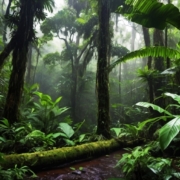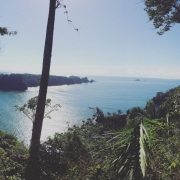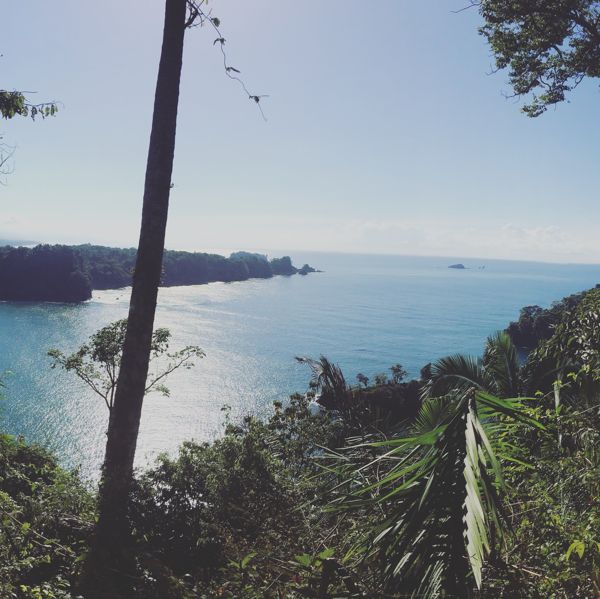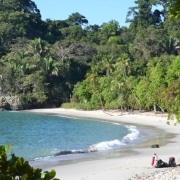A Caravan all inclusive Costa Rica tour is the ultimate tropical vacation with all the exotic trappings that you would expect and more.
The name “Costa Rica” means “Rich Coast” and the pure, untamed beauty of Costa Rica’s Pacific and Caribbean coastlines reveal unspoiled eco diversity like nowhere else on earth.
This diversity is possible partly because Costa Rica abolished the military decades ago and used that funding for the preservation of their natural heritage. Today, over 23% of Costa Rica is now protected in National Parks, refuges, and wildlife preserves.
In this article we will answer four of the common questions about our Caravan all inclusive Costa Rica Tour. Read more



